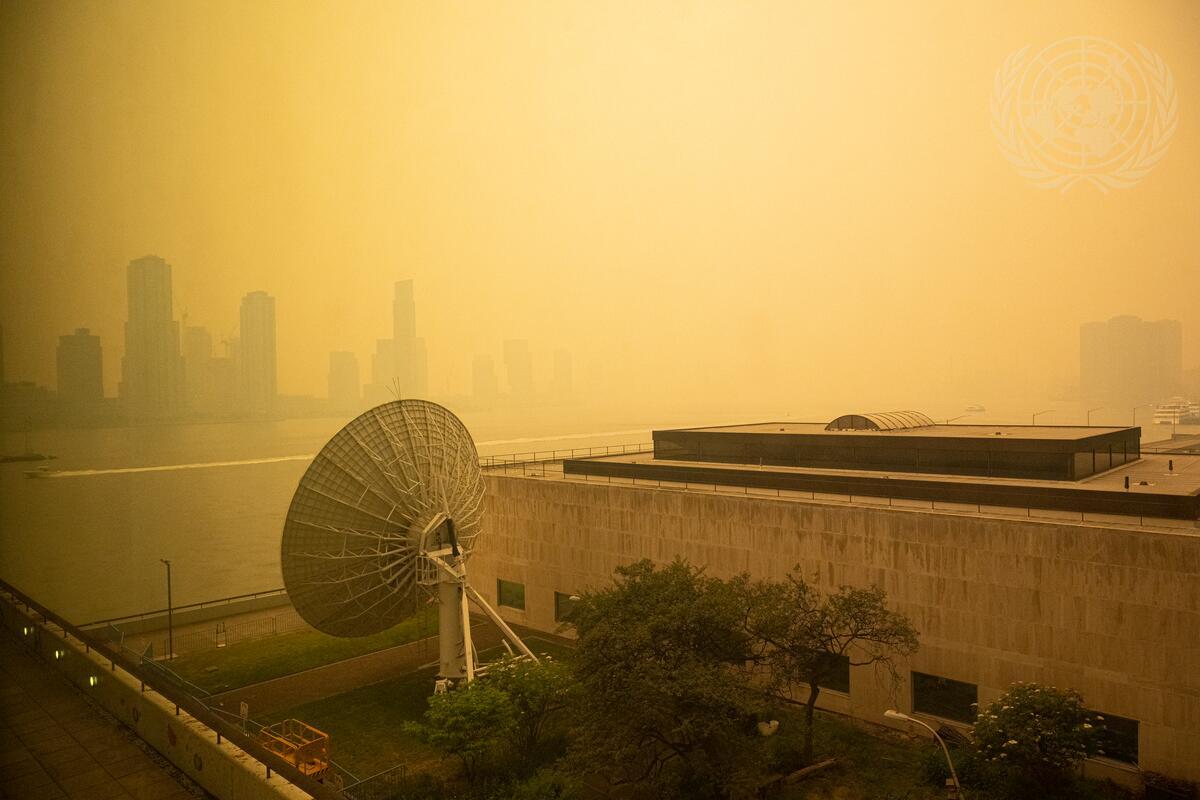Military operations and warfare on land, at sea, in the air and even in cyberspace are highly dependent on space technologies. Since the 1960s, satellites have been a key part of intelligence, surveillance and reconnaissance (ISR) for many countries, and in particular for nuclear early warning systems for the Soviets and the United States. Today, there is hardly a military operation that could be undertaken without satellite-based communications, navigation, weapons guidance, and ISR.
This has led to space becoming not only an operational domain, but also a contested strategic domain. The best way to compromise an adversary is to remove their “eyes and ears” by targeting the space systems they depend upon. This is most effective through “soft kill” options such as jamming communications signals, spoofing (sending false) position, timing and navigation signals, temporarily dazzling Earth-observation satellites, or undertaking cyber attacks on ground stations or satellite operations.
The challenge is that today, space systems are overwhelmingly “dual use”: a single service is provided both for civilian use and for military purposes. Space is also highly commercialised, with more than two-thirds of all satellites belonging to commercial entities, who have many end-users and clients around the world. Therefore, when a space system is targeted, civilians feel the impact.
One example came at the beginning of 2022, when Russia undertook a cyberattack on an American commercial telecommunications satellite system owned by Viasat. Not only did this have the desired effect of temporarily eliminating communications for Ukrainian forces, it also meant civilians in Ukraine and neighbouring, neutral countries lost connectivity. A German windfarm was also rendered inoperable for a few days.
Despite global dependencies and the high risks associated with attacks on space systems, space arms control discussions have been deadlocked for many decades. Geopolitical tensions have long played out in space, and continue to mar developments.

China and Russia have co-sponsored a draft treaty on the Prevention of the Placement of Weapons in Outer Space for a decade and a half. But the United States and its partners refused to engage in this proposal, in part because of an unwillingness to enter into new treaties in general, and in part because it is impossible to define what a “weapon” is in space, as many benign technologies could be re-purposed or “weaponised”. For a long time, however, the United States did not offer any alternatives, and was seen by many as blockading advances in space security.
But over the last two years, the UN Open- Ended Working Group on Reducing Space Threats (OEWG) held four multilateral sessions, and achieved more in that time than has been achieved in the last two decades on space arms control. The initiative was led by the United Kingdom, which is demonstrating itself to be an effective leader in space diplomacy, and Australia was part of the core group of nations in support of the OEWG.
By moving away from attempting to define capabilities, and instead focusing on “responsible behaviour”, the intention of the OEWG was to come to consensus on a handful of norms, rules and principles that could reduce threats to critical space infrastructure and reduce the risk of space warfare. As a result, a new norm is emerging that the use of direct ascent anti-satellite missiles (DA-ASATs) is irresponsible, with 155 countries voting in favour of a UN General Assembly resolution to this effect. The debris created by the DA-ASAT tests undertaken by China, the United States, India and Russia in the last two decades is long-lasting and causes significant threat to the safety of all satellites, upon which our global economy and individual wellbeing depend.
Moreover, to date, 37 states including Australia have unilaterally committed not to test DA-ASATs. These binding commitments follow an initiative led by the United States, which is now demonstrating good faith and leadership on space security, where it was lacking in the past. An industry statement signed by 26 companies from eight countries has just been released in support of these commitments.
The OEWG discussions remained highly politicised, and at the final session in September 2023, Russia blocked the consensus process in retaliation against UN and international responses to its invasion of Ukraine. This prevented even a procedural report from being adopted. However, there is strong agreement internationally that the process was still valuable. Agreement was evident about the irresponsibility of DA-ASATs, along with increased understanding among the delegates of more than 70 nations about current and future risks to the space environment.
Australia will remain engaged in the next iteration of the OEWG, which gives the government opportunities to partner more explicitly with Japan and South Korea, with whom Australia already has close space cooperation agreements. There is also the chance to engage with smaller neighbours in Asia and the Pacific on joint statements and space capacity building. This contributes to Australia’s commitments to regional stability, and also has the potential to influence India via the Quad grouping towards adopting the “responsible behaviours” agenda, on which India has abstained as a political choice.
Australia has more vested interest in space security than may be apparent to many. Sectors such as agriculture, mining, fishing, and the ability to respond to climate change and disasters all depend heavily on space-based technologies, as do military operations. If Australia is to shore up critical infrastructure, space security must be included in national priorities.

